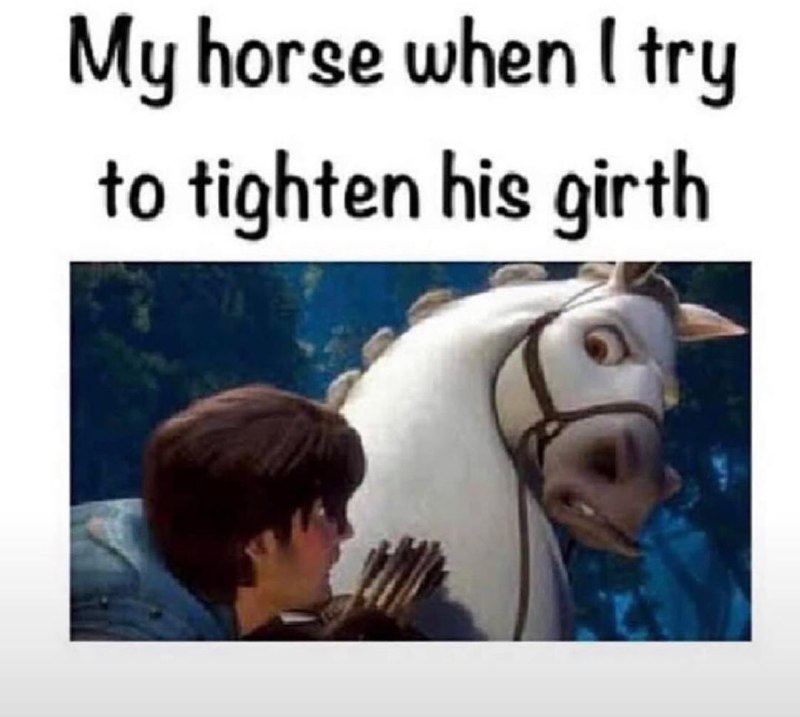Horse racing is one of the oldest equestrian sports in the world, where horses cover a certain distance as fast as possible. Horse racing can be traced back to various ancient cultures, such as Greece, Babylonia, Syria and Egypt. Horse racing is described in records from ancient China and also in the Norse sagas. Long-distance horse races are also part of the tradition for the Arabs. Therefore, Arabian horses are still characterized by their special endurance and are in demand in endurance sports.
In the past, the main purpose of horse racing was selection. Some horse breeds, such as the English thoroughbred or the trotter, are adapted to the requirements of the racetrack. In the breed selection process for horse racing, performance characteristics count that are also in demand in other horse breeds. Racehorses are characterized by their ideal appearance, robust health, resilience and optimal movement.
Horse betting
Nowadays, horse racing is mainly a recreational activity. Anyone may participate in a horse racing event as an audience or for the purpose of a wager. In fact, it is a major part of event costs and prizes that is borne by betting revenue in horse racing. There is a lot of betting, especially in gallop and trotting races, either directly at the venue or through bookmakers.
Four basic bet types are common in most horse racing. You bet on
- Victory: the winner of the race
- Place: the horse must be 1st, 2nd or 3rd if there are fewer than 7 runners 1st or 2nd
- Double bet: bet on the correct order of the horses in 1st and 2nd place
- Triple bet: bets on the first three places must be in the correct order
Owner communities
However, even in the ancient Roman Empire, horse racing was also an important branch of the economy. In Europe, evidence of horse betting dates back to 1522. The term jockey for racers came into use around 1660. The first horse races that followed today’s pattern outside of aristocratic circles took place in the 18th century. The Palio di Siena race took place for the first time in 1633 and is still held in the same form today.
In the past, participation in horse races as horse breeders was reserved exclusively for the aristocratic circles and the super-rich. Now there are new forms of racing stable operations that allow the general public to participate. Maintaining a racehorse is expensive, as are ongoing training costs. There is also a constant risk that racehorses will have to retire early due to injuries. Owner communities are therefore increasingly found in racing. These are a kind of association whose sole purpose is the maintenance of one or more racehorses.
Types of horse racing
Horse racing today takes place in stadiums with covered grandstands and on a variety of surfaces. Ground in horse racing is the ground on which the horses run. This can be a grass track (turf) or sand track (dirt track). Trotting tracks have track lengths of about 1000 meters, horse tracks 1800 to 2900 meters. Horse racing also has the term derby, and many use the term turf for racecourses in general.
To take advantage of the massive 10 to 30 acres of indoor space at a racetrack away from the racing events, cross or swing golf games are often found there.
Horse racing
There are 47 racecourses in Germany, the largest are in Baden-Baden and Berlin. Gallop is the fastest gait of a horse, but in principle all gaits are allowed in gallop races. In these races there are mainly English thoroughbred horses, but also Arabian thoroughbreds, half-breds and ponies. The riders are either professional riders (jockeys) or amateurs. Gallop races are held as flat or obstacle races.
Flat race
In flat races, a certain distance has to be covered as quickly as possible. In many cases, the horses’ chances of winning are evened out by giving the better horses a handicap or additional weight to be carried by using lead blankets.
- Overweight races – Extra weights based on the age and sex of the horse
- Compensation Races (Handicaps) – Extra weights based on previous performance
- Group Races – internationally classified overweight races in multiple groups
- Listed Races – Internationally Supervised Overweight Races and Breeding Races
- Breeding races – horses from the same age group compete against each other
- Classic Race – a breeding race where all horses are 3 years old
Steeplechase
A distinction is made in the obstacle races
- Hurdles – a course with low obstacles, approximately 1.10 meters high and 1.20 meters wide)
- Hunting races (steeple-chases) – a race over longer distances, at least 3000 meters, and over
- various obstacles, such as open ditch, bullfinch or moat
- Sea Chase Race – the course requires crossing a lake
- Cross-Countries – an off-road race with natural obstacles such as earthen banks
Both flat and steeplechase races come in the following forms:
- Sales race – the participating horses are for sale
- Mare races – only mares compete
- Half-Blood Racing – Only non-Thoroughbred horses compete
Equipment
For horse racing, the equipment should be particularly light.
The jockeys wear special, particularly light racing boots and racing trousers, a racing outfit and a cap cover over the jockey helmet in the colors of the respective racing team.
The racing saddles are small and light and give the horse a lot of freedom of movement for high speed. With the racing seat, the rider’s center of gravity is far forward by bending forward while crouching. The saddle can weigh under 150 grams, with the girth, stirrup leathers and stirrups around 250 grams.
The racing bridles are also lighter than normal bridles and often also have nose pads or floor panels.
The lightweight racing shoe is made of aluminum horseshoes.
Horse racing schedule
Before a race, the jockeys have to be weighed with the saddle and saddlecloth. The weight must correspond to that prescribed in the race. Before the start of many horse races, there is also the so-called gallop, where the racehorses run at a leisurely pace to the starting gate. The gallop serves to warm up the horses and to prepare the spectators for the race.
The start
Gallop racing knows two starting methods:
Start from the band: A maximum of 20 horses line up behind an elastic band stretched across the entire track. If this band is released, the horses can start.
Start boxes: The horses wait in so-called start boxes, where the front doors open at the same time. This method is unique to flat races.
race tactics
Jockeys can use two tactics in horse racing, depending on the strengths of their horses.
The race from the front: Achieve the lead from the start of the race and hold it to the finish.
The race while waiting: hold back and protect the horse in the field, attack at the right opportunity and give full speed at the end
Finish line
The horses pass the finish post and a finish photo is taken. This helps in deciding when the winner of the race is disputed. If there is no doubt about the winner, the finish line judge will announce the classification.
Delays occur when horses have passed the finish post at the same time and the finish photo decides. If this photo does not help either, it is a so-called dead heat with horses of the same rank.
Even if a jockey or trainer protests, the finish judge will watch the film of the race before the classification is announced and the race director will decide on the validity of the allegations.
It can also happen that there are doubts about the regular course of the race or about the behavior of a horse. In these cases, the race director can order an investigation.
Harness racing
In trotting races, the jockeys do not sit on the horse but in a two-wheeled carriage (sulky) and steer the horse from behind. Trotting races are held on grass or sand. Only the trot gait is allowed in harness racing. Should horses gallop, they will be disqualified in Europe. In US harness racing, an impure gait or stepping in (breaking into a canter) will result in a downgrade for a place.
Further sanctions are threatened
- improper driving during entry
- frequent use of the whip
- obstruction of a competitor
- Improper filing of a complaint
All these possibilities of changing the classification mean an additional risk factor for all those who like to bet on horses. In many cases, especially in trotting races, the provisional race results will be corrected afterwards.
Handicaps and distances
As is usual in gallop races, there are handicaps for trotter horses, but not with weights, but in the form of distance compensation. Favorites in a trotting race must either start from the second row or from the unfavorable outside lanes.
The distances in trotting races vary between 1,600 and 2,300 meters. A distinction is made between pilot, pile and standing races. The flying distance is 1,600 to 1,750 meters, the middle or mile distance is 1,900 to 2,100 meters and the staying distance is 2,500 to 2,600 meters. Most trotting races take place over the middle distance.
Launch methods
In trotting there is a car start or a ribbon start. When autostarting, a car drives in front of the horses with the grilles folded out. The race is enabled when the car accelerates and the gates fold in. The band starts behind an elastic band stretched across the entire track. When the band is released, the horses can start. In contrast to the auto start, the band start also guarantees exact starting positions.
Skijoring
In Skikjöring, a skier is pulled by a riderless horse across a slope of snow and ice at speeds of up to 55 kilometers per hour. The equipment for this consists of a breast plate harness for the horse with tension cords, connected to the driver’s safety belt. The leash is guided by a waist belt with leash guide rings. The driver has his hands free for the lines and can release the train connection to the horse in an emergency. In addition, the drivers wear protective gear similar to that worn by ice hockey players.
In skijoring, a rider also sits on the draft horse and the skiers hold on to a bar, similar to water skiing. Snowboarders can also take part in a race in this way.
Off-road kjoring
Since 1997 there has been the sport of off-road kjöring for inline skaters with special off-road roller blades pulled by jumping horses. A course with jumps must be overcome in this sport.
Tolt splitting
Töl races are usually only for Icelandic horses, as they naturally master this special gait and also the pace. When separating töl, only the gait tölt, a four-beat gait in eight phases, is allowed. Only correctly running horses are scored, the others are disqualified.
Pace race
Here only the gait racing pace is allowed: The horse’s legs do not touch the ground diagonally as in the trot, but in a line.
Barrel Race
Barrel racing is a discipline in western riding. Here three oil drums have to be circumnavigated as quickly as possible. Barrel racing is a Quarter Horse specialty.
Palio of Siena
One of the most famous and controversial horse races away from a special racecourse is the Palio di Siena. The origin lies in a competition between the residents of competing districts of Siena. The Palio has a traditional folk festival-like and touristic importance, where a riderless horse can also be a winner. At no time did he serve the equestrian breeding selection.




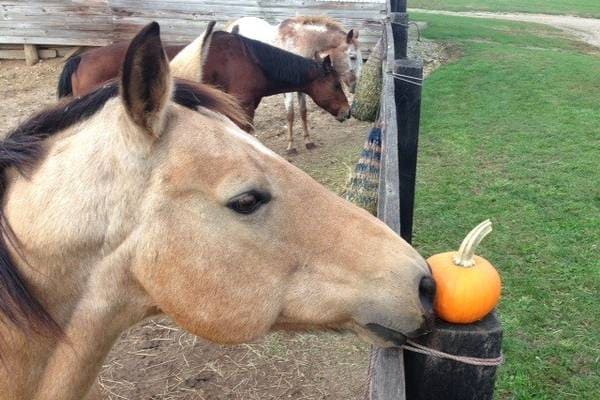

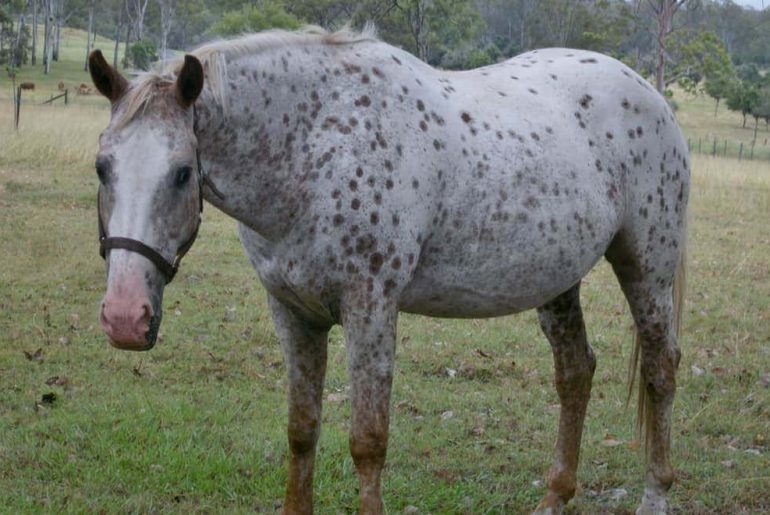

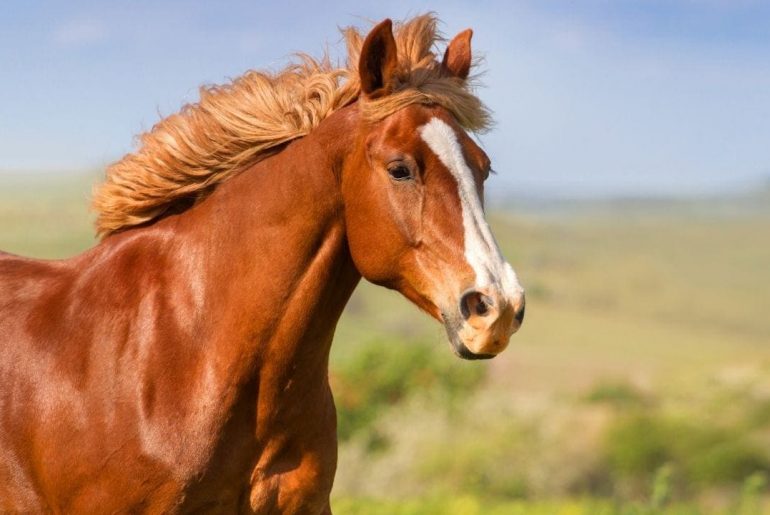

 Which Horse ate you?
Which Horse ate you? 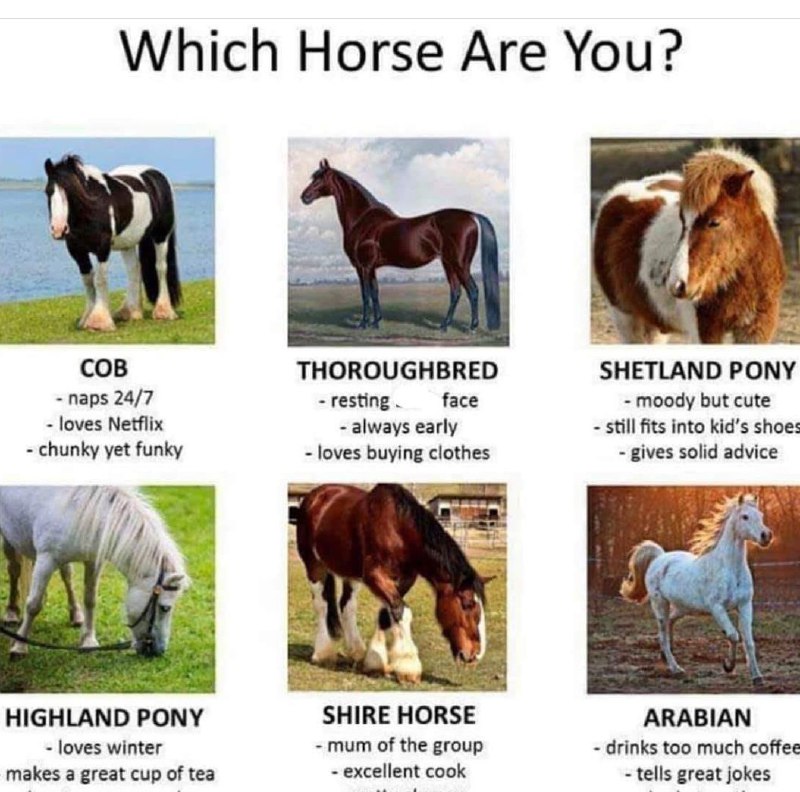 Equestrians are the peak of confidence – we literally pay for people to judge us
Equestrians are the peak of confidence – we literally pay for people to judge us
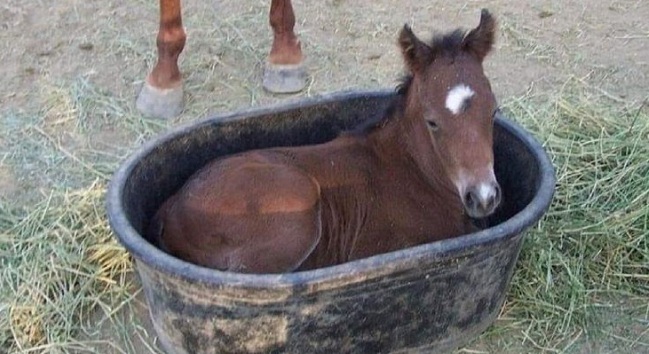
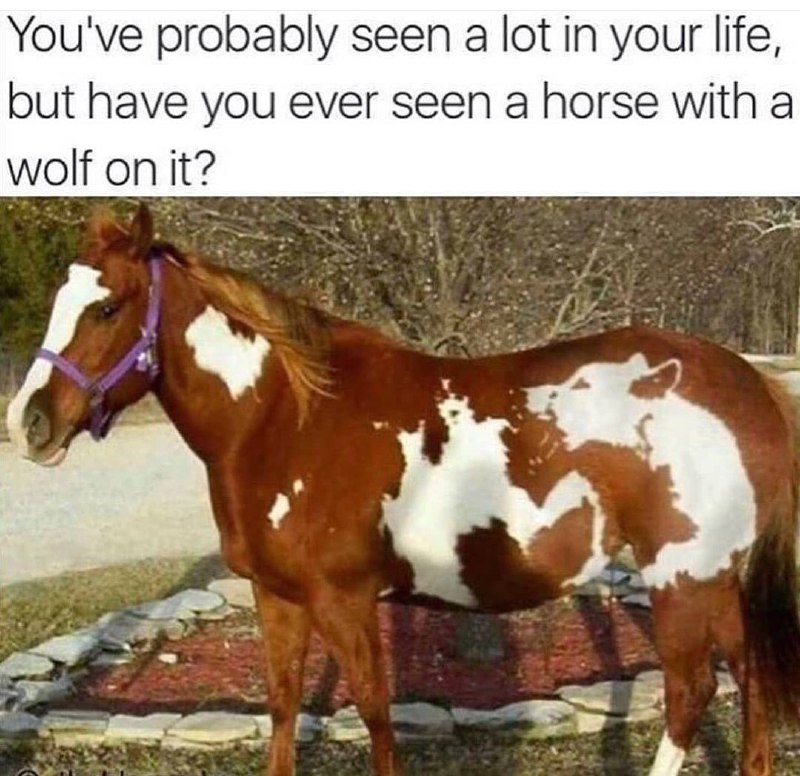 Horses
Horses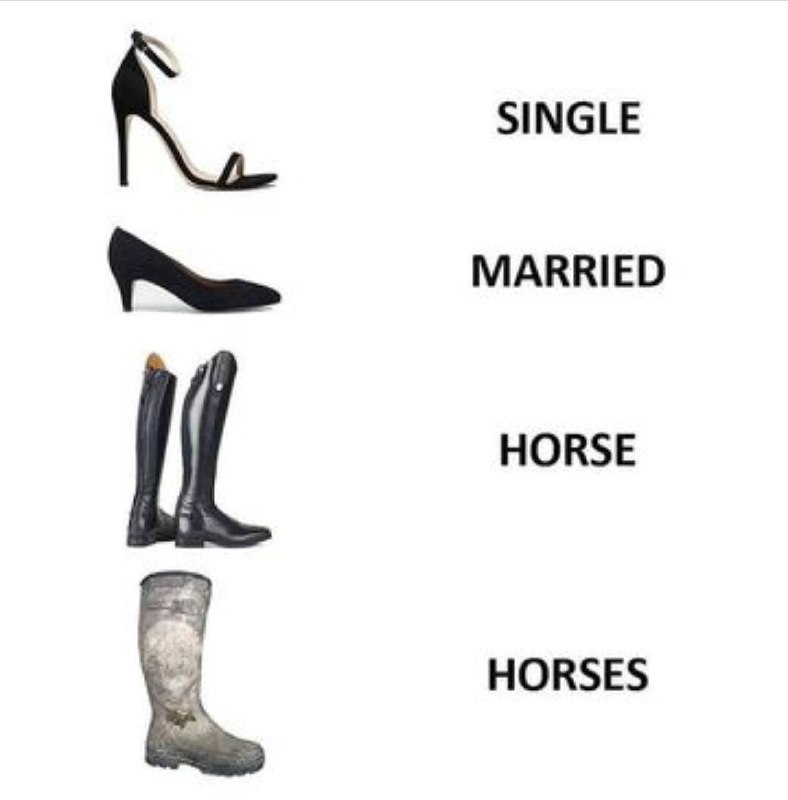 When you ask your horse to trot through the tiny puddle…
When you ask your horse to trot through the tiny puddle…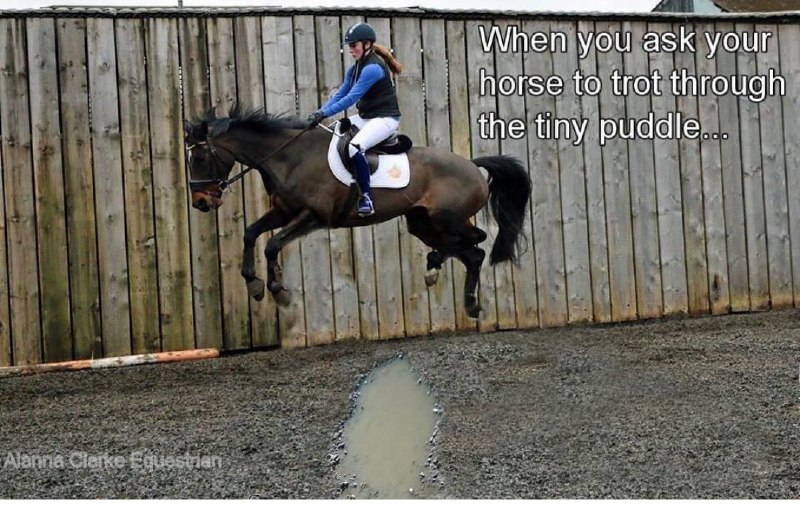

 A cow photobombing a horse stuck in a fence…
A cow photobombing a horse stuck in a fence…  My horse when I try to tighten his girth
My horse when I try to tighten his girth